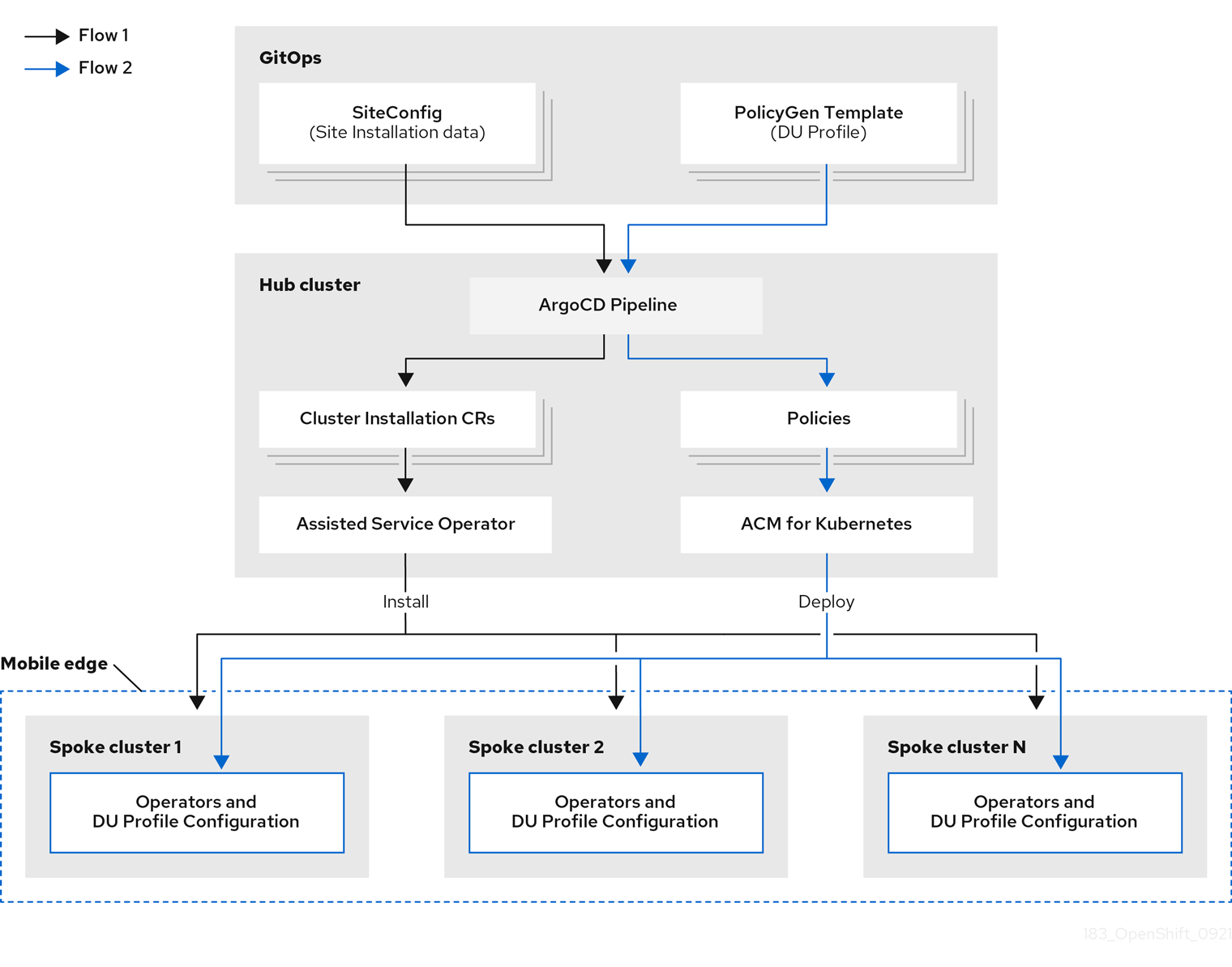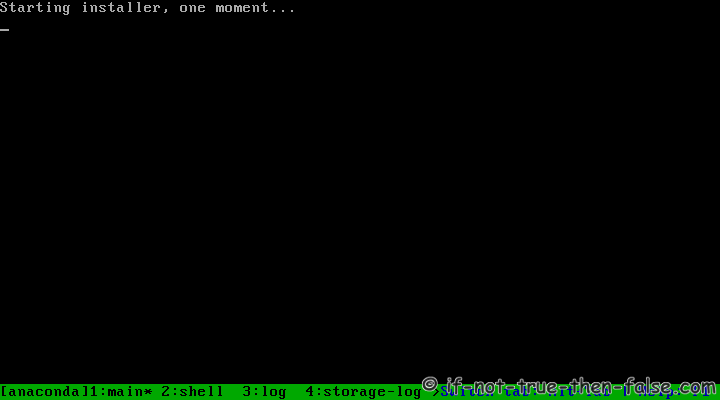

Now, run the following command to clone the Git kernel on your system. $ sudo apt-get install libcurl4-gnutls-dev libexpat1-dev gettext libz-dev libssl-dev asciidoc xmlto docbook2x Ubuntu and other Debian-based distribution users need to run the following aptitude commands given below to update the system repository and install the Git-dependency packages in the system. In addition, by using the source code, you can monitor what actually you’re installing to run Git on the system. If you’re a Debian or Fedora user, this method will guide you in installing Git on your Linux machine. Installing Git is now more convenient with source codes. # zypper install gitįinally, after a successful installation, you can now check the version of Git on your Linux machine. If you’re a SuSE user, run the following zypper command given below with root privilege to install Git on your system. $ sudo apt-get updateĪfter finishing the installation, run a version check command to confirm whether Git is installed or not. The commands will be executable on all Debian-based distributions. If you’re a Debian distribution user, you can run the following aptitude commands given below to update your system repository and install Git on your machine. The Git tool is available on the Linux official repository.

In this post, we will see how to install Git in a Linux system. In Linux, Git can clone a repository, and it can be used locally without having any complicated server or any complex framework. Nowadays, Git is wildly used for development, software implementation, and merging. It was first developed by Linus Torvalds for developing the Linux kernel.

If you find the acronym of Git, you can see it actually stands for Global Information Tracker.


 0 kommentar(er)
0 kommentar(er)
